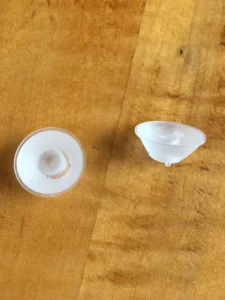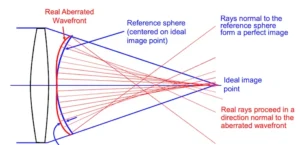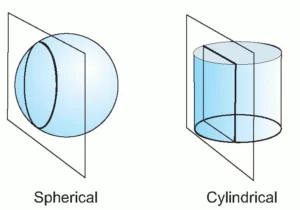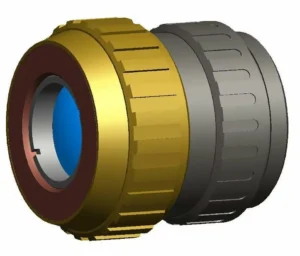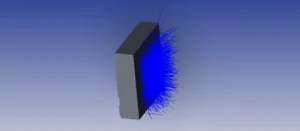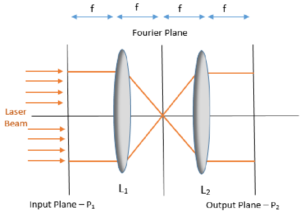As the use of lasers grows in application areas such as 3D depth mapping and laser cinema, a fundamental property of lasers called laser speckle has taken on greater importance. Many companies have launched to commercialize new approaches for reducing speckle noise. For example, Laser Light Engines raised over $30 million for the development of low speckle systems though commercially nonviable.
Researchers and product developers wanting to combat speckle noise have a variety of options. Optotune sells a widely distributed product ( Edmund Optics link ) for $635 and provides many options based on beam size, angle, and wavelength.
There are however other methods that can be employed, and here we demonstrate a technique we experimented with recently.
A laser is focused on the end of a rigid fiber optic bundle. Using a small motor, we then rotate the fiber around the laser’s optical axis.
This provides a way of mode mixing from the splitting of single point source ( laser) into multiple modes due to transfer of fiber bundles through the fibers (spatial coherence reduction) and bundle rotation (temporal coherence reduction).
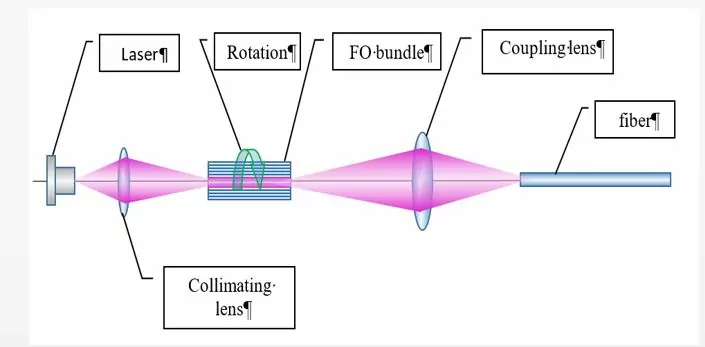
Laser speckle
Schematic of speckle reduction with fiber. Note the coupling lens and secondary fiber are not included in the bench top prototype below.
Need help? Click here to learn more about our custom optical engineering services.
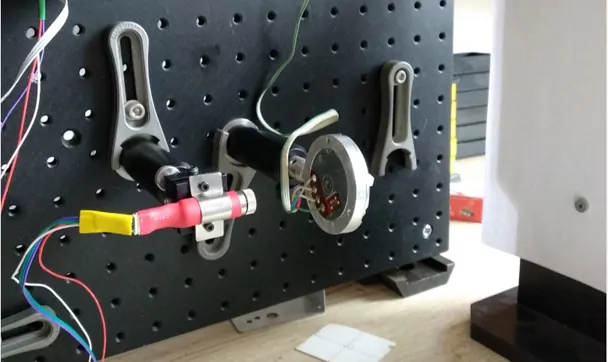
Below you can see the impact this mechanism has on speckle noise: total optical losses were about 30% and the exit beam angle was 22 degrees.
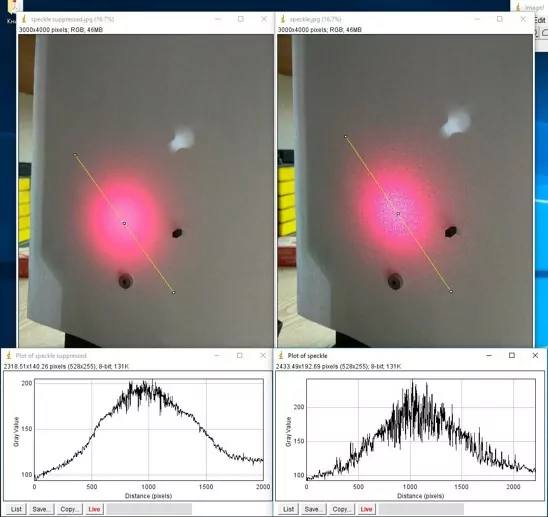
Left image, laser with rotating fiber bundleRight image, laser through fiber without rotation
